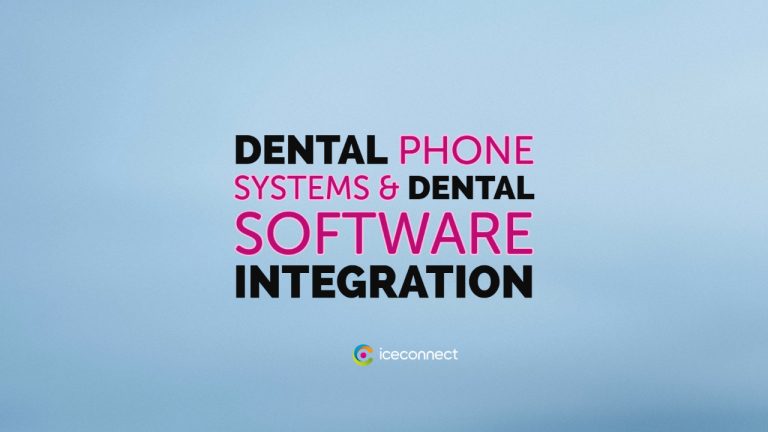If you’ve ever wondered what is a Blue Screen of Death (BSOD) or even worse, experienced it, you’ll know how unsettling it can be.
The sudden blue screen brings everything to a halt, leaving you worried about what went wrong and how much progress you’ve lost. With the recent Microsoft Crash, we have all experienced first hand how unprepared businesses (of all sizes) still might be for such an event.
For businesses, these crashes are more than just inconvenient – they can cause serious disruption and financial loss.
Recent studies reveal that BSODs are becoming more frequent, with one in every 200 devices experiencing a crash during normal use. And during the recent CrowdStrike outage, that number spiked to one in 10 devices.
Although the tech sector is hit hardest, with over 15% of devices affected monthly, industries like healthcare and retail are also experiencing BSODs on around 8-10% of their devices.
So, what’s behind these crashes? And, more importantly, how can you prevent them from affecting your business?
Fortunately, many of these crashes are avoidable.

Unfortunately, a lot of businesses don’t have the tools or strategies in place to stop them.
According to research, most BSODs are caused by a handful of common problems. These include faulty hardware, mismanaged Windows updates, and incorrectly configured drivers for graphics, networking, or audio systems.
When these components malfunction, they often lead to system instability, which manifests as a BSOD.
For business owners, adopting a proactive IT management strategy is key to preventing these issues.
Instead of reacting to crashes when they occur, businesses should focus on identifying potential risks before they cause problems. Monitoring device health and properly managing updates and drivers can greatly reduce the chances of experiencing a BSOD.
The research suggests that by taking preventative steps, businesses could cut the number of BSODs in half, reducing the occurrence to around one in 400 devices. This not only limits downtime but also allows your IT team to concentrate on strategic tasks, rather than constantly firefighting.
The problem is, many businesses don’t have the right tools to spot these risks early. Most companies aren’t even aware of which devices are currently at risk, let alone which could crash in the future.
Shifting from a reactive to a proactive approach involves investing in IT management tools that provide insights into your systems. These tools enable data-driven decisions that can cut costs, reduce stress, and improve overall productivity.
Better yet, let experts handle it for you. Our proactive IT management approach helps prevent problems before they disrupt your business.
Get in touch, and let us keep your business running smoothly without interruptions.




